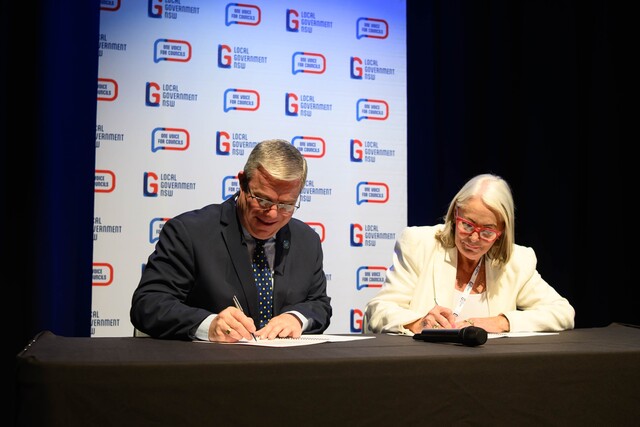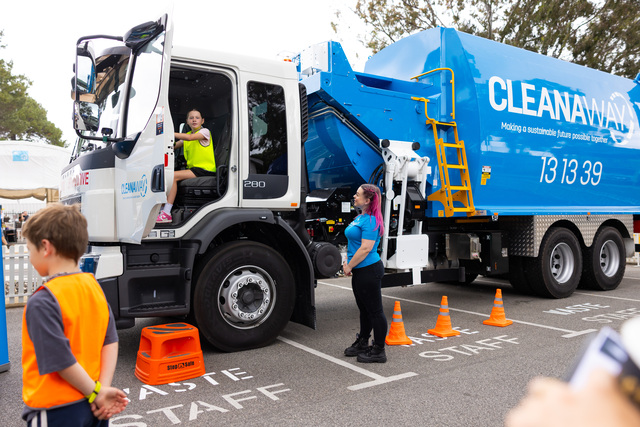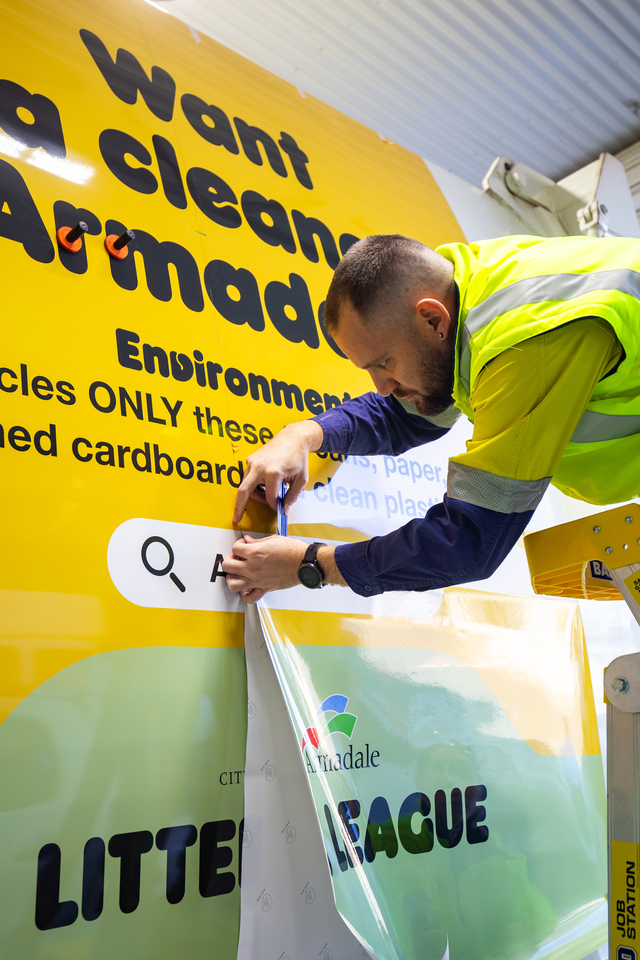The Commonwealth Government, the Aboriginal and Torres Strait Islander Commission (ATSIC) and the Northern Territory Government provide funds for housing to improve the living conditions of Indigenous people in the Northern Territory. These funds are pooled and provided to the Indigenous Housing Authority of the Northern Territory (IHANT). IHANT is responsible for policy and program development in addition to the allocation of funds to eligible housing organisations. IHANT is accountable to the funding agencies for achieving effective housing outcomes. In turn, organisations that are given funds are accountable to IHANT for achieving the required outcomes.The Department of Local Government is joint Program Manager, with Territory Housing for IHANT. The Department of Local Government manages the delivery of funds and programs and Territory Housing manages the budget and funding aspects for the Authority. ATSIC and Territory Housing provides Secretariat services to the IHANT Board.
Fixing houses for better health
The Aboriginal and Torres Strait Islander Commission (ATSIC) engaged Healthabitat to set up and manage a large scale repairs and maintenance project for Indigenous communities across Australia, called ‘Fixing Houses for Better Health’.
In the Northern Territory the project is managed by the Department of Local Government on behalf of IHANT.
The Fixing Houses for Better Health project involves the appointment of an area manager who arranges for tradesmen to work in teams with community members in most States/Territories, to assess housing stock and undertake minor repairs designed to address environmental health problems. The project is expected to target about 20 communities over the next year.
This project is not a substitute for routine maintenance by Indigenous Housing Organisations and will not undertake maintenance like painting, replacing floor coverings or repairing damage which does not directly affect health or safety.
It will only provide urgent repair of safety or health hazards, covering an estimated 10 percent of total maintenance requirements. That is, no major renovations will be provided and the cost per house of the actual assess and fix is estimated at just over $2,500 per house.
Apart from the direct benefits of repair work, on the job training (and employment) will be provided to community residents.
The aim of the project is to achieve at least some of the following outcomes.
- Improved health and hygiene and improved awareness of basic housing maintenance in the communities
- Greater community exposure to and involvement in ‘healthy housing’ approaches and in monitoring health hardware and undertaking effective local repair programs.
- Greater acceptance and use of ‘healthy housing’ approaches within Indigenous housing programs
- A much more detailed idea of the extent of additional support needed by community organisations to achieve adequate repairs and maintenance.
In the Northern Territory four communities will participate in this project. Given that there are approximately 100 communities, resource centres and housing organisations currently funded by IHANT, selection was difficult.
The four communities selected to participate in the program were Gurungu, Minjilang, Numbulwar and Kintore. All four communities accepted the project and feasibility studies were undertaken.
The first survey fix has been completed at Gurungu, with the community reporting that the Fixing Houses for Better Health project has been very successful. The Minjilang project will commence shortly.
Housing management success
A pilot program for community housing management was developed and implemented by the then Department of Housing and Local Government between January 1992 and December 1995. The Aboriginal Rental Housing Program of the Commonwealth State Housing Agreement funded the Program.
The initial aim of the Program was to find an effective way to improve the health and social well being of Aboriginal people in the Northern Territory. Today the aim has not changed, and the Commonwealth, ATSIC and Northern Territory Governments provide funds for a number of Indigenous housing programs through the Indigenous Housing Authority of the Northern Territory (IHANT).
IHANT is responsible for the allocation of funds for Indigenous housing programs throughout the Northern Territory. The Department of Local Government, as Program Manager, manages the funds and also assists communities to develop better practices in maintaining their housing stock through the development of the Establishment and Maintenance Programs.
These programs provide the necessary funds and the support to Indigenous organisations to assist them to establish better work practices and to maintain housing stock so that people in remote communities can live in a safe and healthy environment.
Through the Establishment Package, the communities develop a more effective management process for housing on indigenous communities. The allocation of funds assists the communities to develop and implement a five year community housing management plan; establish a housing administration system; training for Aboriginal housing administration officers and community leaders and their staff; and develop an environmental health strategy.
The maintenance program provides funds on a formula of $1,700 per house to organisations provided that an agreed level of rent is collected.
The funds provided from the maintenance program and the funds paid in rent are used for the maintenance of house stock in the community. The funds can only be used for repairs and maintenance.
Six communities have all successfully participated in the program. Three are currently participating in the program and four communities have been selected by the IHANT Board to participate during 2000/2001.
Boosting housing standards
The construction and maintenance of remote community housing has received a substantial boost in recent years.
One factor behind this is the document Environmental Health Standards for Remote Communities in the Northern Territory, commonly referred to as the EHS.
The standards were developed with the input of various Northern Territory Government agencies. They are the minimum standards to be met in the construction and maintenance of remote area houses.
Most regions of Australia are covered by the Building Code of Australia.
The EHS does not replace the BCA, but provides the amendments needed to ensure house construction is better able to withstand the stresses of occupancy.
The EHS is a dynamic document and has evolved to solve problems that arise, whether they relate to materials or design and construction.
The EHS gives significant emphasis to the conditions that Indigenous housing is often subjected to.
These include a higher level of occupancy than normal, and minimal awareness of best practices for extending the life of building hardware and facilities.
The EHS is currently in the final stages of the latest revision.
The key areas for revision include the following.
- Guidelines for wet areas, which create the most problems for maintaining healthy living conditions.
- Protection of steelwork in areas close to the coast.
- ‘Design for climate’, which takes account of the prevailing weather conditions in designing for the best living conditions.
Neighbouring communities working together
Two neighbouring Indigenous communities in the western part of Darwin region are working together to improve their services and infrastructure. The joint approach also aims to reduce overall costs.
The Councils of Port Keats (Kardu Numida Incorporated) and Palumpa (Nganmarriyanga Community Incorporated) have agreed to carry out the maintenance works on the roads in the area.
Kardu Numida has agreed to construct houses for both organisations, and the Nganmarriyanga Community has undertaken to use the services of tradesmen employed by Kardu Numida whenever possible.
Around 35 people from Palumpa have joined Port Keats’ Community Development Employment Program (CDEP), which is a significant program in Port Keats. All CDEP participants work on community and civil works.
The Councils have also met to discuss improving governance in the area and are taking part in workshops to develop a regional economic development strategy for the Port Keats/Daly River Region.







